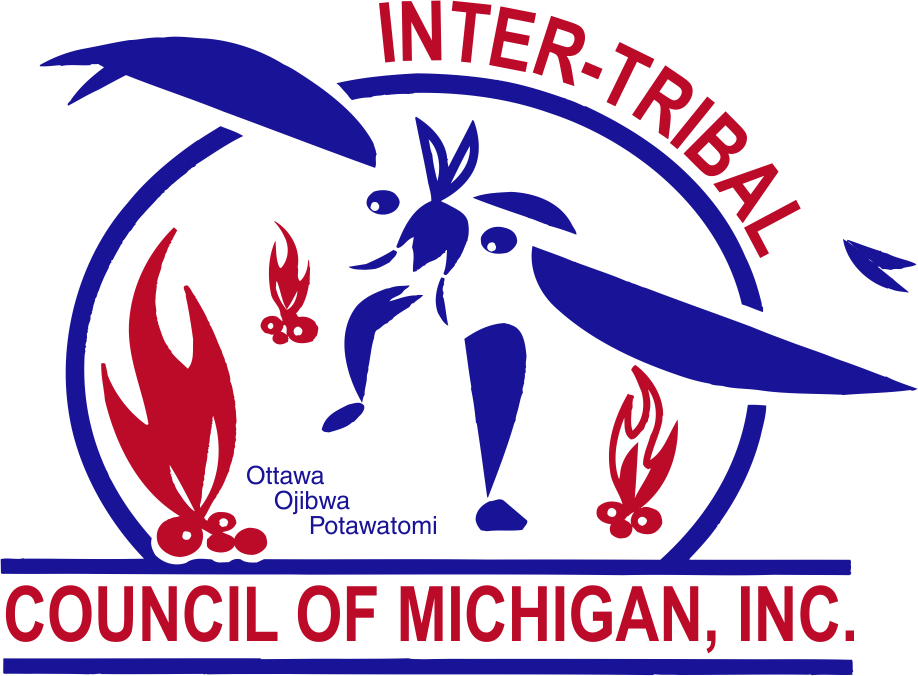Tag: Art Healing Circle Services
Tribal Gambling Disorder Prevention
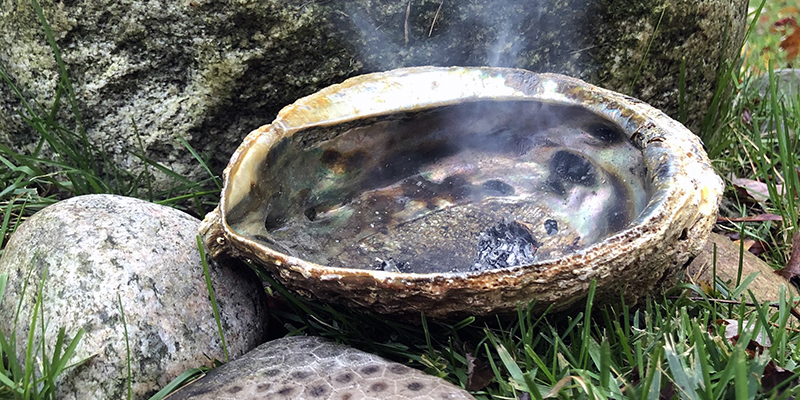
The purpose of the Tribal Gambling Disorder Prevention, Screening and Treatment Initiative is to increase Gambling Disorder (GD) awareness, promote treatment and reduce GD among youth, young adult, and adult populations.
The project goals include:
- Provide resources, training, and technical assistance to the 12 federally recognized tribes in Michigan to support the local implementation of evidence based practices to reduce the number of individuals that develop a gambling disorder.
- Provide training and technical assistance to tribal collaborators and other community service providers using online and webinar technology and on-site regional trainings.
- Train 30 individuals, 2 from each tribe and 6 from the Inter-Tribal Council, on the 30-hour basic Gambling Disorder on-line education series offered by the North American Training Institute
- Improve access to gambling disorder treatment and recovery support service for American Indian/Alaskan Natives by:
- Having at least 10 of the 12 Michigan tribes will integrate the NODS Assessment instrument into their standard screening protocols and collectively the tribes will screen 100 tribal behavioral health clients by 9/30/2019. (Combined total for tribes in first year.)
- Supporting costs for training and technical assistance and program evaluation activities.
Native Connection Initiative
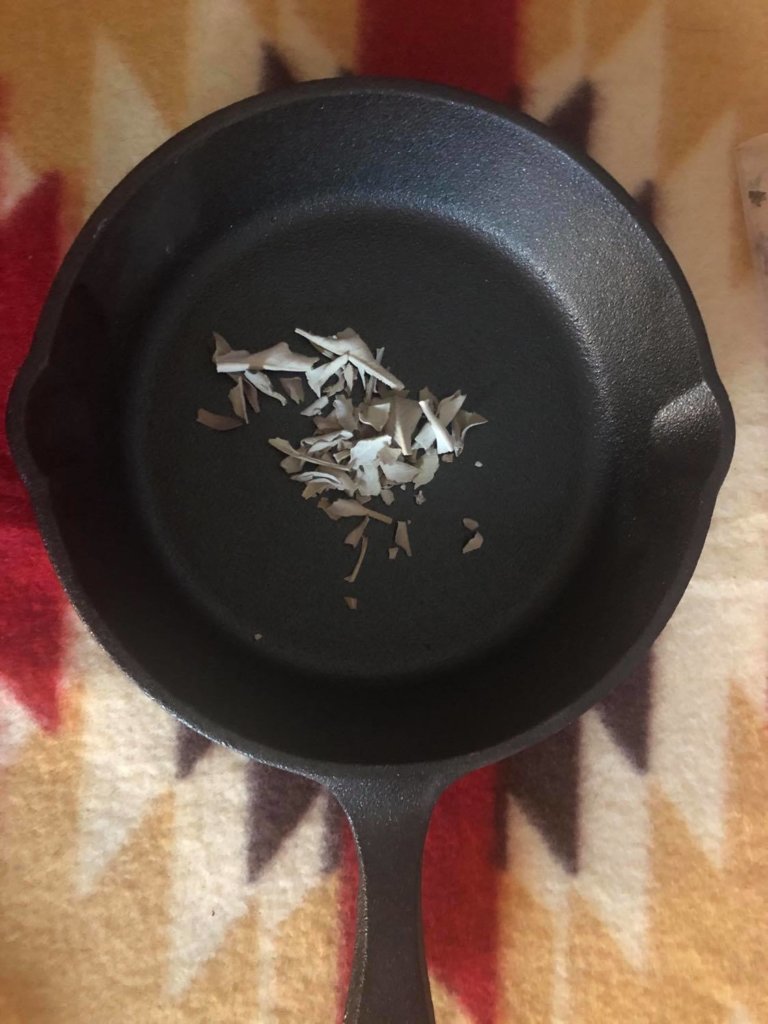
The Inter-Tribal Council of Michigan, Inc. (ITCMI) Anishnaabek Healing Circle Native Connections Initiative. The purpose of the Native Connections Initiative is to reduce the suicide rate among younger people (ages 0-24), including veterans, who are members of two Michigan tribes (Little River Band of Ottawa Indians and Pokagon Band of Potawatomi Indians). This initiative promotes beliefs that suicide can be eradicated by improving services and affecting changes across systems. This can be accomplished by creating policies and procedures to improve suicide care: and delivering care that is evidence-based with a focus on training staff in clinical interventions in addition to providing education to patients, families, and communities.
The Project Manager works with two tribes directly to develop policies on mental health promotion, substance misuse, suicide prevention, follow-up services, and transition of youth from different agencies.
To learn more about this initiative, contact the Program Manager
Jenna Killips
2956 Ashmun Street
Sault Ste. Marie, MI 49783
906.632.6896
Tribal Action Plan

A Trial Action Plan (TAP) is a strategic plan for Tribes to take an active role in addressing alcohol and substance abuse issues in tribal communities. A TAP provides the tribe with a sense of ownership. This is a tribally driven process where the tribes create a TAP to identify existing strengths, weaknesses and resources within their communities. It also asses’ substance abuse, prevention and treatment needs, along with identifying urgent alcohol and substance abuse issues. TAP coordinates existing resources and programs to help tribes achieve their goals in prevention, intervention and treatment of alcohol and substance use disorders.
A TAP is a road map for success, it is a comprehensive community plan that addresses long term positive change in tribal communities. It is a “living document” that is used to guide your tribal community to reduce alcohol and substance abuse. TAP is a strategic plan that is specific to a community’s strengths, resources, needs and challenges. It supports tribal self-determination as it is made by the tribe for the tribe. There is no single one TAP that works for all tribes. It is made especially for your tribe that best fits your community. A TAP allows for your tribal community to be creative in the development of goals and objectives in regards to alcohol and substance use. The Development of a TAP should include all members of a community, such as; elders, men, women, spiritual leaders, educators, tribal council and any other services that is particular to each specific tribal community.
Purpose of a Tribal Action Plan:
- Allows tribes to identify existing strengths and resources that helps a tribe overcome challenges that may be in your community.
- Allows for assessment of needs related to alcohol and substance abuse.
- Allows to address prevention and treatment activities.
- Addresses a comprehensive strategy to prevent and reduce alcohol and substance abuse in a community.
- Establishment of a Tribal Coordinating Committee to develop, implement and coordinate TAP.
A TAP should be comprehensive and provide community goals and the elements that will link a community together. Development of a TAP provides a community with a road map to success to fight alcohol and substance use. Take action toward prevention by developing a Tribal Action Plan.
Naloxone/Harm Reduction Training

As the number of fatal opioid overdoses continue to increase drastically across America, it is important t to have naloxone in the hands of first responders, health professionals, family members, and friends who can save someone’s life before it is to late. ITC provides Naloxone/Harm Reduction training to help prevent overdose fatalities, support family health, train community and clinical partners. We provide both on-site and online training.
The training is titled Opioid Misuse & Overdose Prevention Strategies. You will receive a certificate of completion and 2 Continuing Education Units (CEU) granted by the Michigan Certification Board for Addiction Professionals (MCBAP). We also distribute naloxone kits free of charge upon request.
The one-site training consists of a presentation, hands-on practice and distribution of naloxone. The online training consists of a presentation and a test. You will need a minimum score of 90% to receive a certificate. Naloxone will be mailed to you.
ITC has a partnership with NEXT Naloxone and the Red Project. NEXT Naloxone is designed for people who can’t access naloxone through pharmacies, syringe programs, exchange programs, or by other means. This is an online resource for naloxone access. Thanks to this partnership with we have the ability to become trained opioid overdose responders and be equipped with naloxone. http://naloxoneforall.org/itcmi
State Opioid Response MAT Initiative

About
- The State Opioid Response Grant will address the Opioid crisis in our tribal communities. Medication Assisted Treatment (MAT) is used for those with substance use disorders. MAT reduces unmet treatment needs and reduces opioid overdose deaths through prevention, treatment and recovery actions for those with an opioid use disorder. MAT uses the combination of medicines and therapy for a “whole patient” approach. Research has shown that this approach can help sustain a person in recovery. This initiative also supports evidence-based prevention, treatment and recovery support services to address substance use misuse and substance use disorders. There are three MAT FDA approved medicines that are used. Those medicines are Methadone, Naltrexone (Vivitrol), Buprenorphine (Suboxone). Through this project, tribes will build upon their current prevention and treatment activities.
Event Photos
Amanda Frazier was awarded the Michigan Department of Health and Human Services 2023 Collaborative Partner of the Year Award. This award is to recognize an individual; who has exhibited the ability to build interagency capacity and partnerships at the state or community level and collaborated with the MDHHS/SUGE to accomplish strategic goals.
Amanda is a Project Manager in the Behavioral Health Division at ITC. She oversees the SOR3 grant.

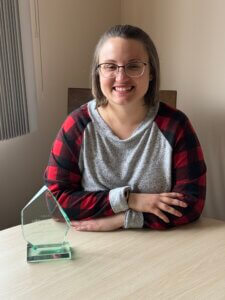
Amanda Frazier, Project Manager for our SOR3 program attended the Spirit Walk for Safe Communities held April 27, hosted by Bay Mills Indian Community. She provided material covering Medication Assisted Treatment, cultural resources, mental health, and other treatment related resources.

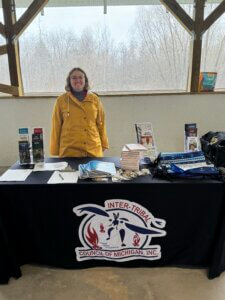
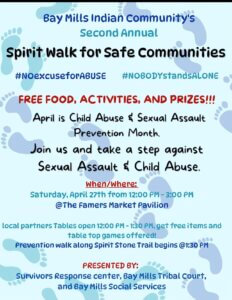
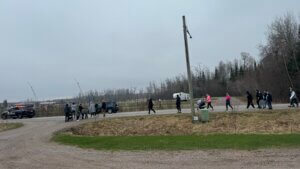
Medicated-Assisted Treatment

Medication-Assisted Treatment (MAT) is the use of medications, in combination with counseling and behavioral therapies to provide a “whole-patient” approach to the treatment of substance use disorders. Research shows that a combination of medication and therapy can successfully treat these disorders, and for some people struggling with addiction, MAT can help sustain recovery.
MAT is primarily used for the treatment of addiction to opioids such as heroin and prescription pain relievers that contain opiates. The prescribed medication operates to normalize brain chemistry, block the euphoric effects of opioids, relieve physiological cravings, and normalize body functions without the negative effects of the abused drug.
There are three drugs approved by the FDA for the treatment of opioid dependence: methadone, naltrexone, and buprenorphine. All three of these treatments have been demonstrated to be safe and effective in combination with counseling and psychosocial support:
- Methadone– clinic-based opioid agonist used in the treatment of opioid addiction; requires daily liquid dispensed only in specialty-regulated clinics.
- Naltrexone – (Vivitrol) office-based non-addictive opioid antagonist; daily pill or monthly injection.
- Buprenorphine– (Suboxone) office-based opioid agonist/ antagonist; daily dissolving tablet, cheek film, or 6-month implant under the skin and a new extended release injection.
Currently, MAT is available in several of the tribal health care systems. For more information on how to access medication assisted treatment through your local tribal health system please use the links to the right.
What’s this agonist / antagonist stuff?
- An agonist is a drug that activates certain receptors in the brain. Full agonist opioidsactivate the opioid receptors in the brain fully resulting in the full opioid effect. Methadone is a full agonist but does not provide the euphoria/high that heroin and other opioids do.
- An antagonist is a drug that blocks opioids by attaching to the opioid receptors without activating them. Vivitrol is an antagonist.
- Buprenorphine is a partial agonist meaning, it activates the opioid receptors in the brain, but to a much lesser degree than a full agonist. Buprenorphine also acts as an antagonist, meaning it blocks other opioids, while allowing for some opioid effect of its own to suppress withdrawal symptoms and cravings.
Art Healing Circle Services
Peer Recovery Support

The Inter-Tribal Council of Michigan (ITC), Anishnaabek Healing Circle Peer Recovery Support (ITC/PRS) Initiative provides trauma-informed, evidence-based, and culturally responsive peer recovery support services for American Indian/Alaskan Natives (AI/AN) with an opioid use disorder (OUD). Participants must be 18 and older and reside within the service area of one of the twelve federally recognized tribes in Michigan. (See general client eligibility for AHC services)
Peer Recovery Coaches are people who have been successful in the recovery process who help others experiencing similar situations. Through shared understanding, respect, and mutual empowerment, peer recovery coaches help people become and stay engaged in the recovery process and reduce the likelihood of relapse. Peer support services can effectively extend the reach of treatment beyond the clinical setting into the everyday environment of those seeking a successful, sustained recovery process.
To learn more about this initiative , contact the Program Manager
Sheila Hammock
2956 Ashmun Street
Sault Ste Marie, MI 49783
906.632.6896
Art Healing Circle Services
Anishnaabek Strategic Prevention Framework
The ITC Anishnaabek Strategic Prevention Framework collaborates with the Tribes in Michigan to prevent the onset and reduce the progression of substance misuse and its related problems while strengthening prevention capacity and infrastructure at the community and state level.
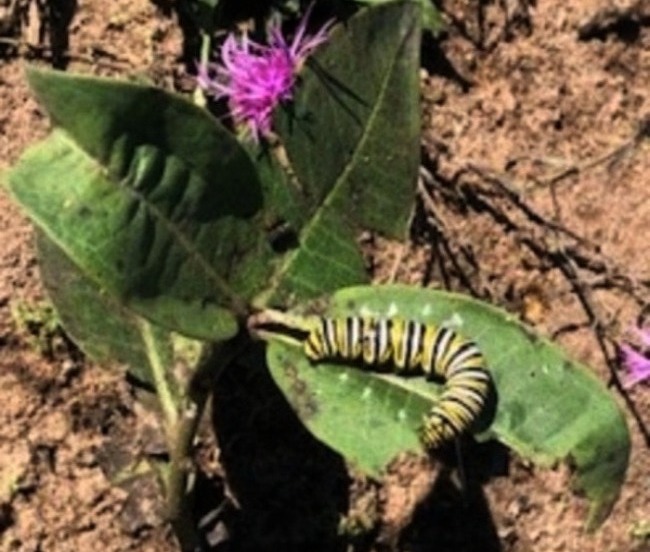
How We Attain This Goal
- Facilitating a Tribal Prevention Coalition to advance substance abuse prevention efforts across the local tribal and inter-tribal communities.
- Strengthening prevention capacity/infrastructure at the community level by facilitating training and technical assistance to support local efforts to build capacity to address the top substances affecting the Tribes.
- Developing prevention messaging and other prevention strategies and ensuring dissemination of these messages and strategies to the local tribal communities.
- Identifying, through a data-driven needs assessment, the substances of greatest concern to tribal communities in Michigan.
- Implementing a comprehensive data-driven substance abuse prevention approach, including a mix of evidence-based programs, policies, and/or practices that best address the needs of tribal communities.
- Assisting Tribes in locating and leveraging other funding streams and resources for prevention.
- Coming soon – Data repository A webspace for the compiling of data resources related to substance misuse and prevention.
To learn more about this project, contact the Program Manager
Cody Jodoin – Program Manager – cjodoin@www.itcmi.org
Art Healing Circle Services
Healing for Those Creating Life
Ji-Nanaandawi’indwaa
Waa-Ondaadiziikejig
The goal of the project is to strengthen the tribal capacity to respond to the opioid epidemic by strengthening systems and by providing support and services to mothers at risk for, or diagnosed with an OUD, and their infants and young children, including families affected by neonatal abstinence syndrome (NAS).

Participating Tribes
Direct care coordination services are supported at three Upper Peninsula tribal communities currently experiencing the highest rates of Perinatal OUD/NAS including:
- Bay Mills Indian Community
- Keweenaw Bay Indian Community
- Lac Vieux Desert Band of Chippewa Indian Community
- Sault Ste. Marie Tribe of Chippewa Indians
